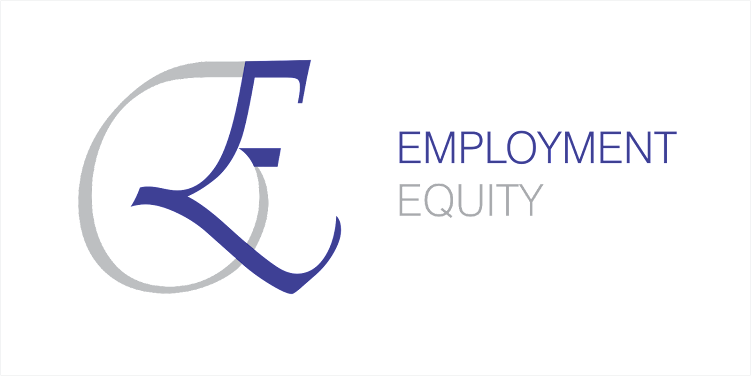At its core, employment equity is the ethos of fairness and justice in the workplace. It's the commitment to ensuring that all individuals, regardless of their background, race, gender, disability, or any other distinguishing characteristic, are given equal opportunities for employment and advancement within an organisation.
To illustrate, let's consider a fictional company, 'ACME'. This firm has a long history, and over the years, it has inadvertently developed a culture where most senior roles are occupied by a specific race or gender. In this context, employment equity would involve ACME taking deliberate steps to ensure that people from underrepresented groups are given equal opportunities to rise to these senior positions. This could involve a range of strategies, from targeted recruitment and mentorship programs to unconscious bias training and flexible working arrangements.
